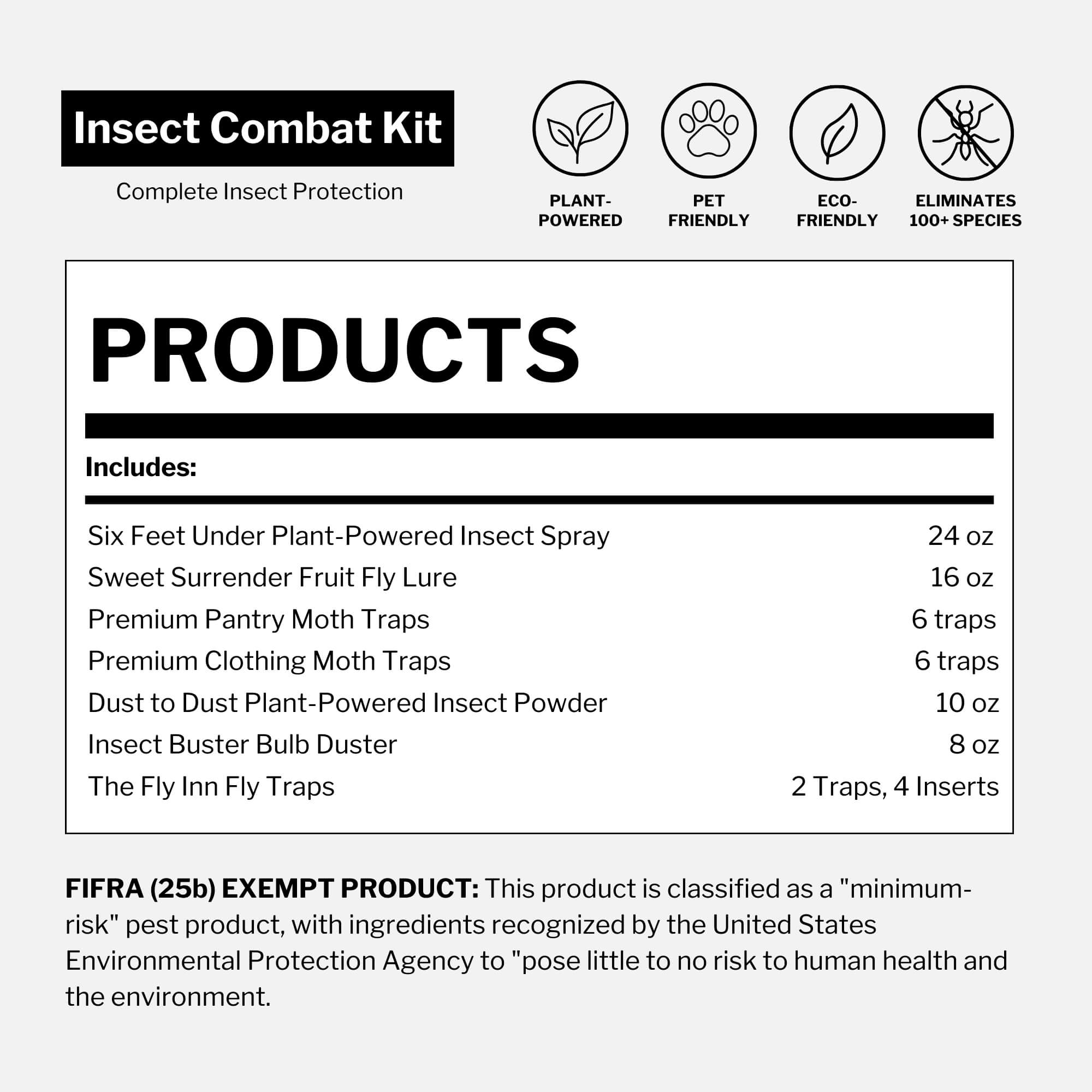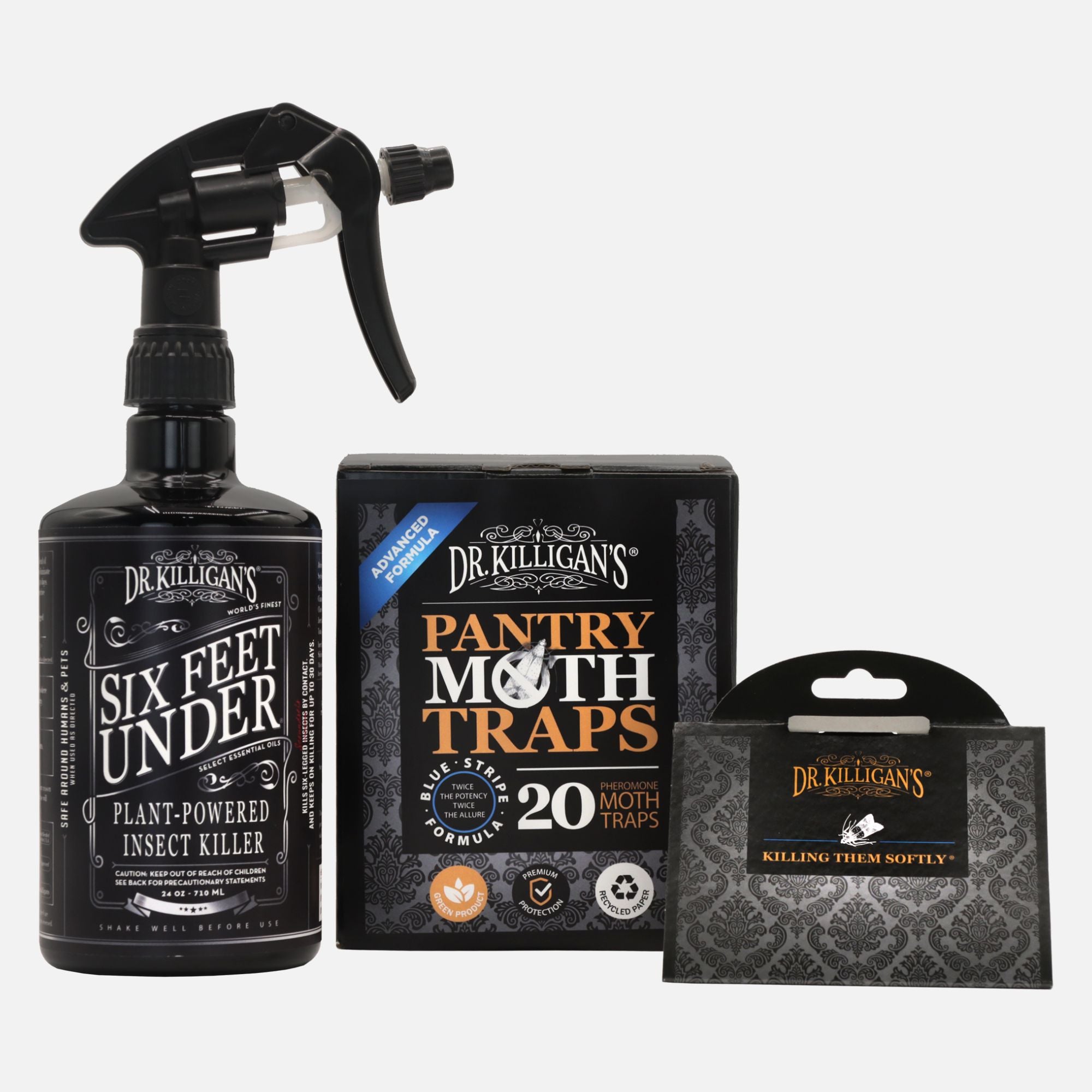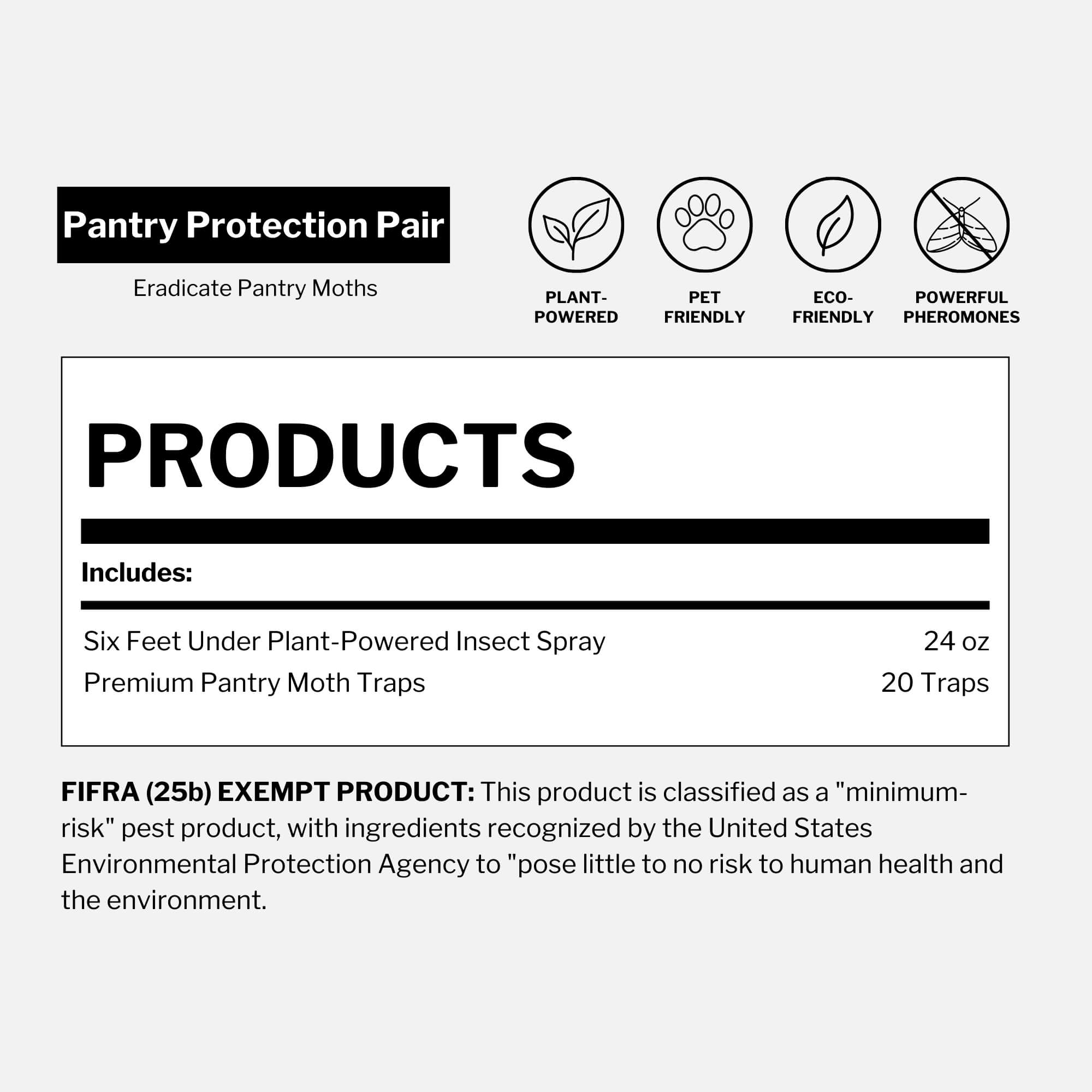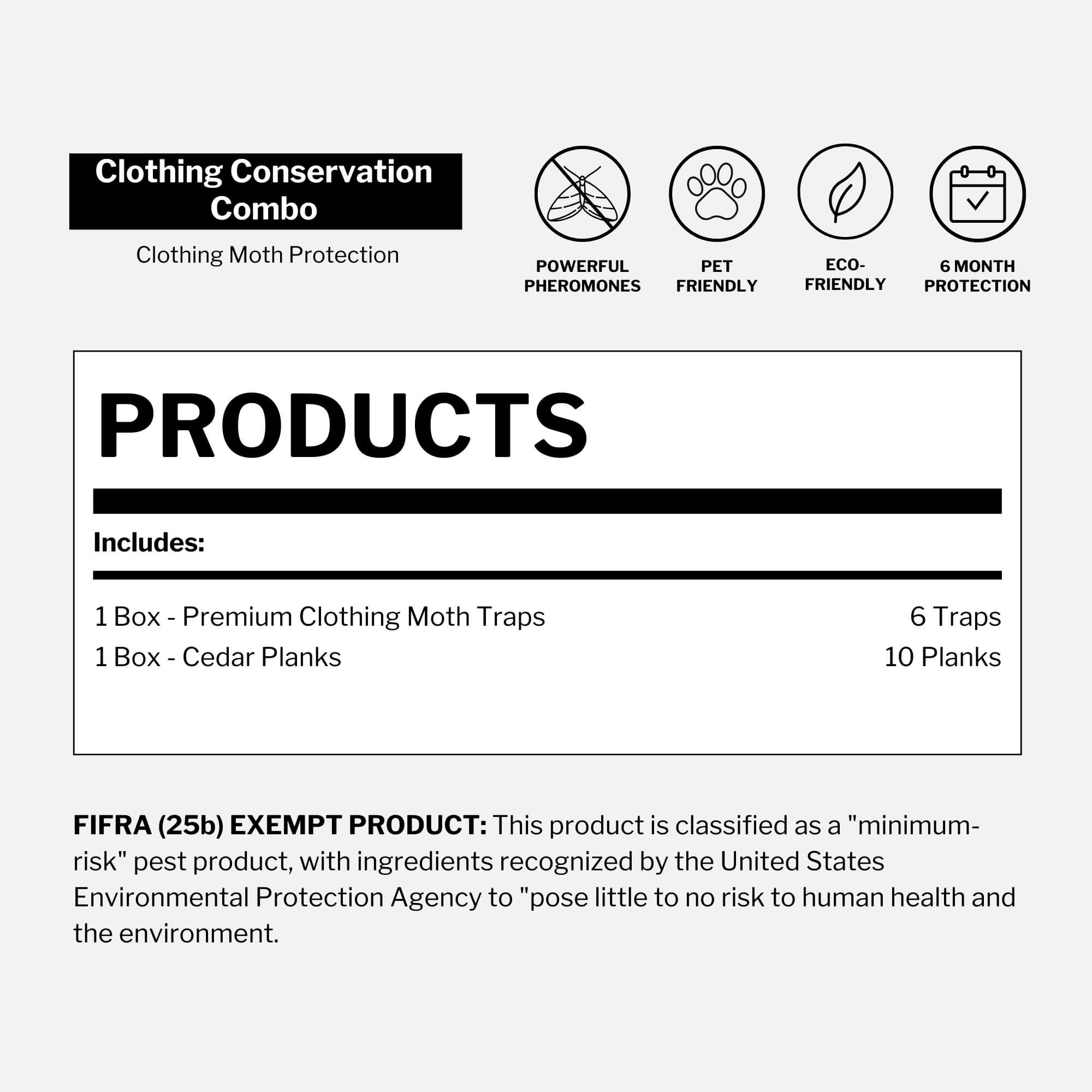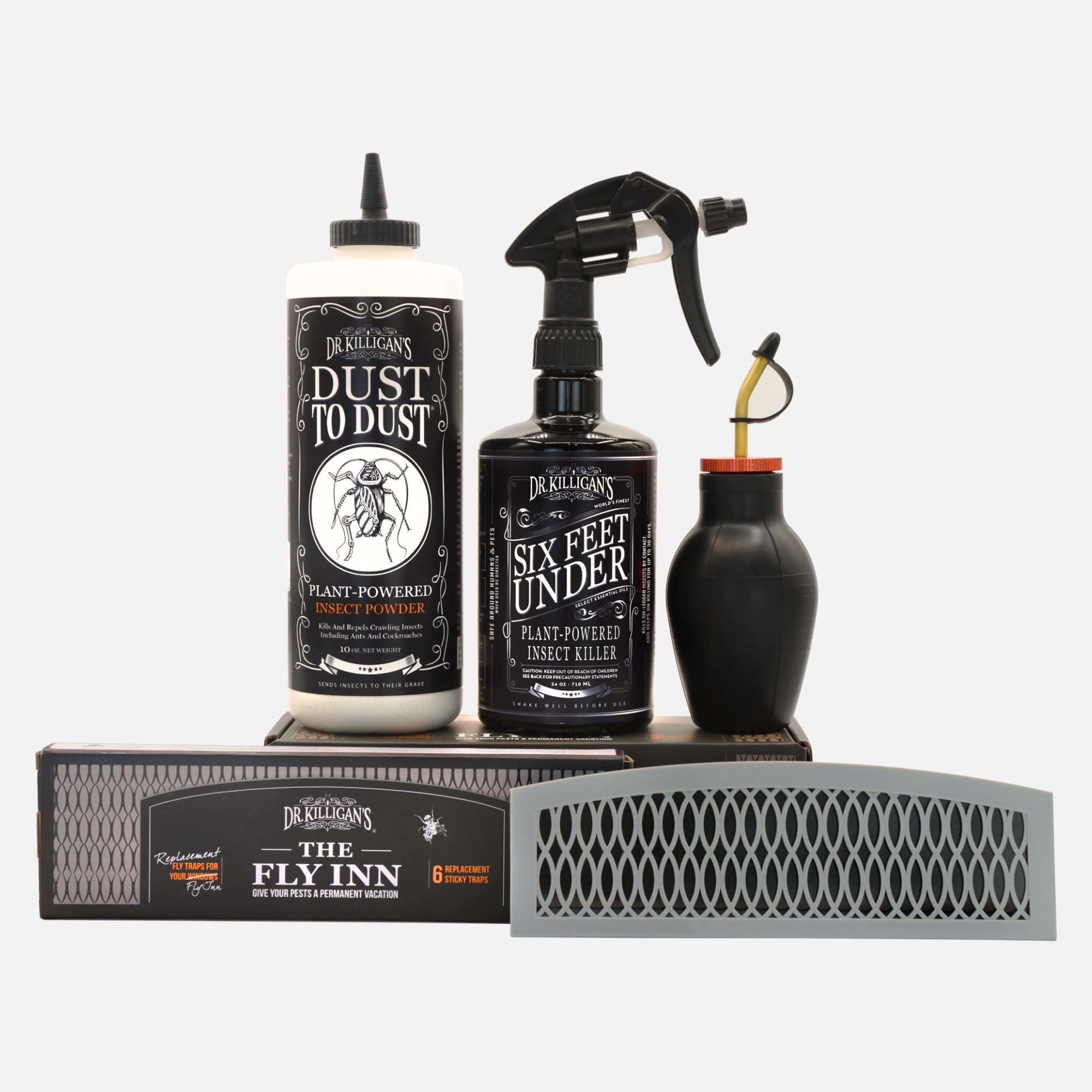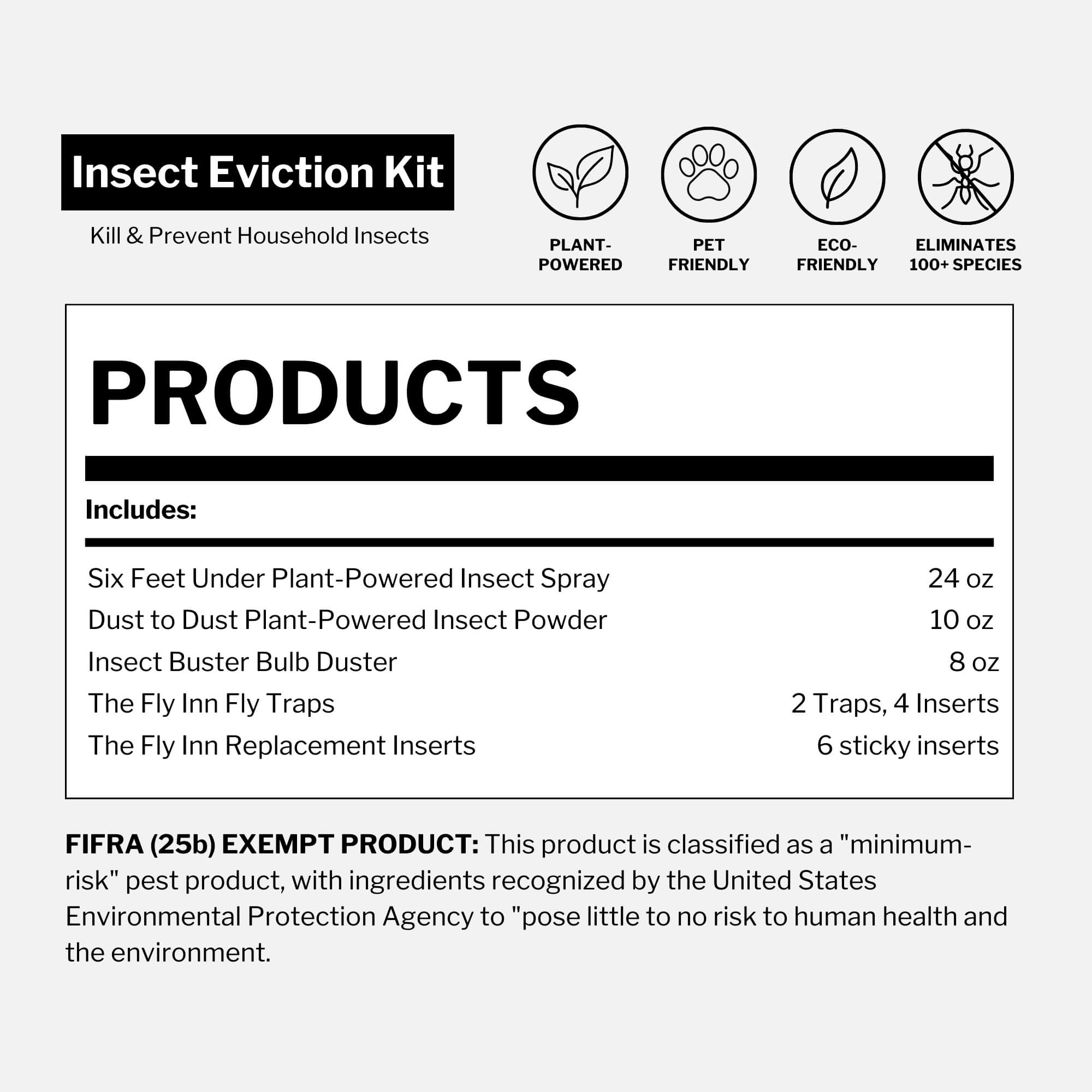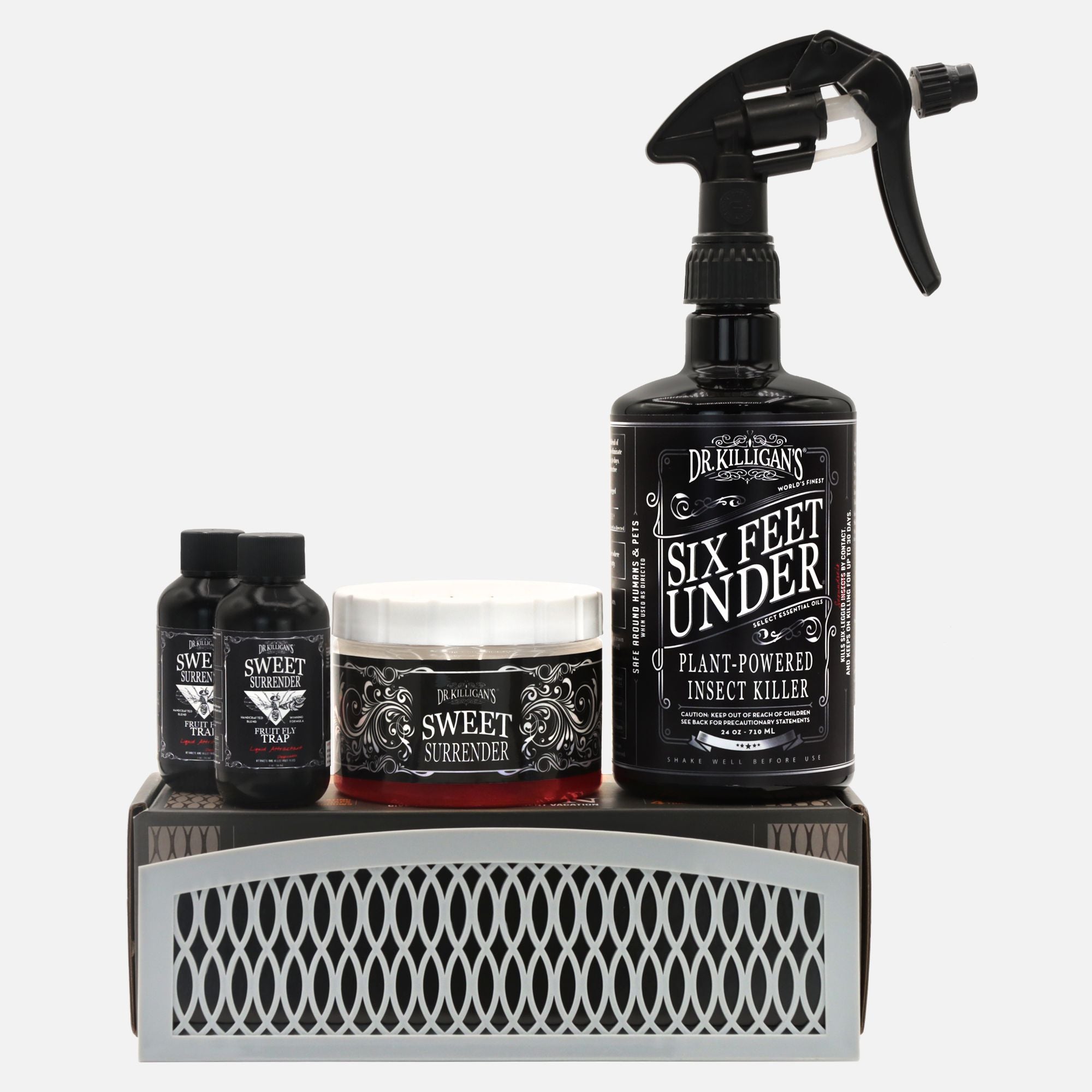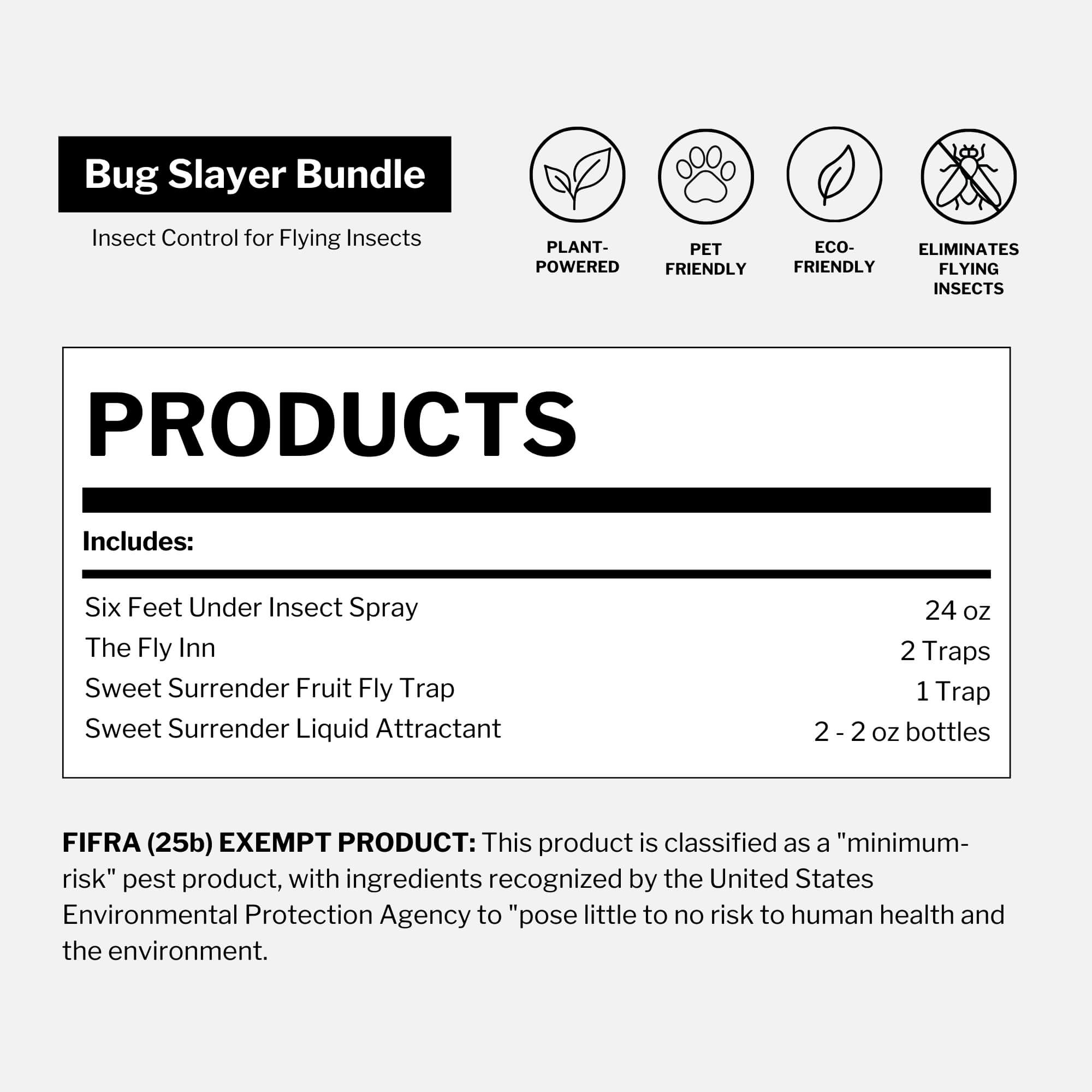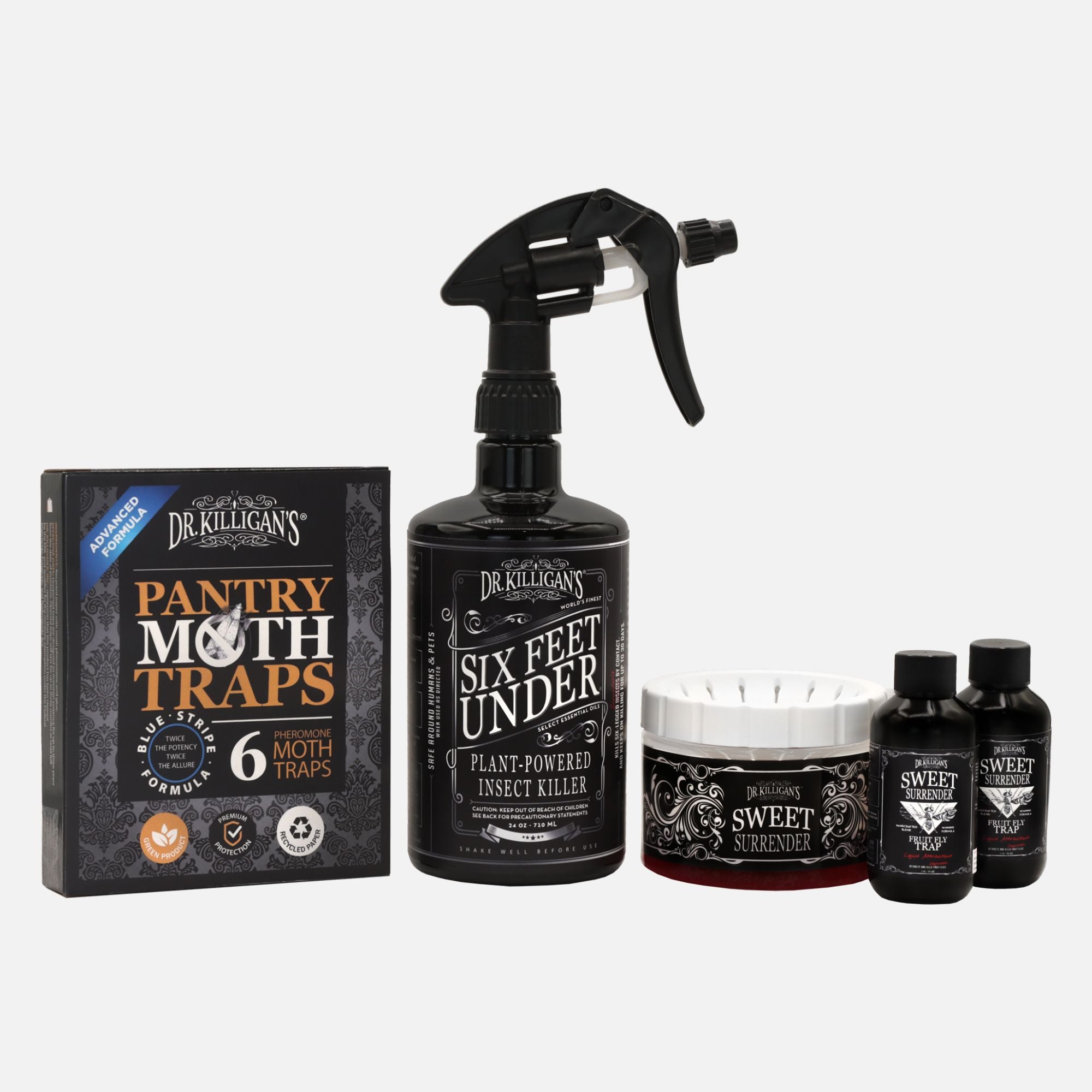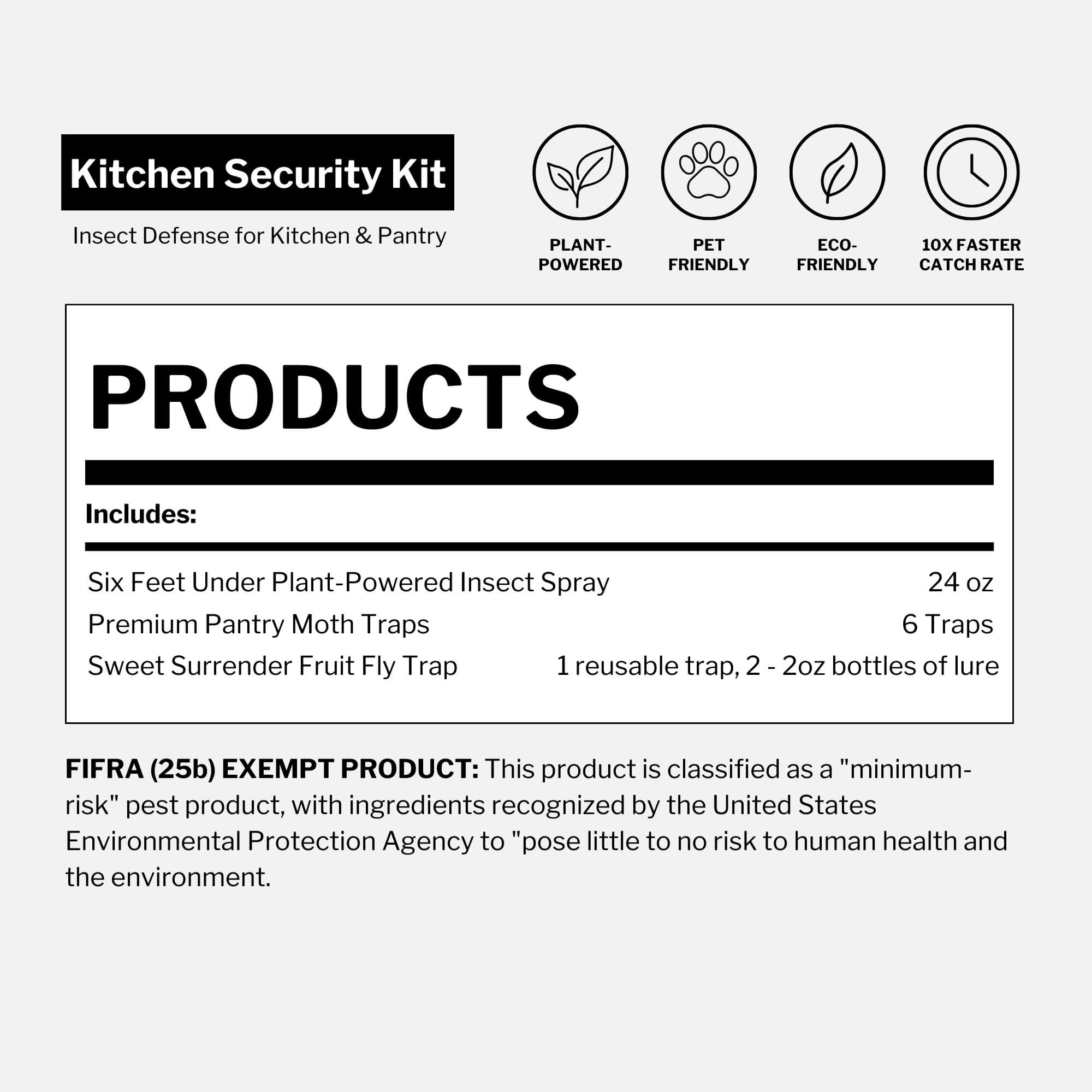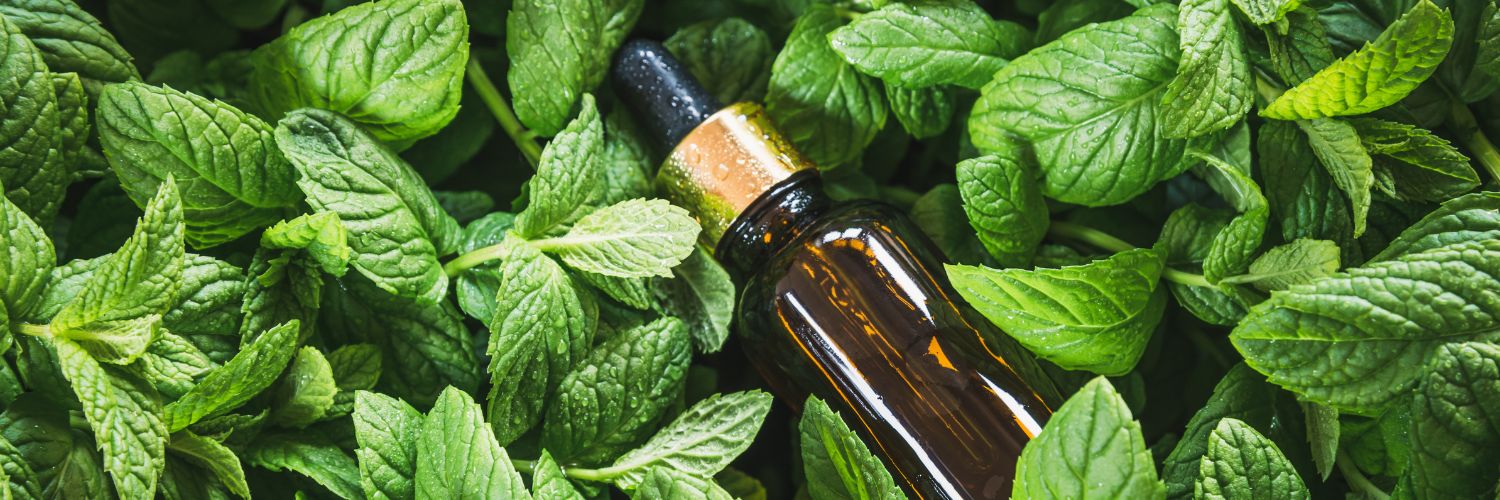Updated on May 21st, 2025
Silica is one of Earth’s most abundant minerals, found in many different types and forms, each with distinct characteristics and practical applications. Understanding the different types of silica—from amorphous silica to crystalline silica and beyond—can help you recognize their roles in both everyday products and industrial applications.
What are the different types of silica?
Silica is a naturally-occurring compound that is composed of silicon and oxygen atoms. It is one of the most abundant minerals on Earth.
It is a major component of many rocks and minerals—such as quartz, sandstone and granite—and can be found in soil, clay and volcanic ash. Silica is also present in bodies of water—including oceans, lakes and rivers—and exists in plants, animals and even in the human body.
Among the many silica forms, five common types of silica stand out for their practical applications. These include amorphous silica, crystalline silica, silica gel, colloidal silica and silica nanoparticles. Let us delve into these five fascinating forms of silica to understand their characteristics and applications.
1. Amorphous silica: A type of silica used in plant-powered pest control
Amorphous silica lacks a crystalline structure. It consists of randomly arranged silicon and oxygen atoms. This random arrangement gives amorphous silica unique and beneficial properties.
How is it used?
- In pest control: Provides a plant-based alternative to chemical pesticides as a key ingredient in Dust to Dust. It works mechanically by damaging pests' exoskeletons, causing desiccation and death. This eco-friendly approach is safer for humans and the environment when used as directed.
- In tire production: Acts as a reinforcing filler, improving tire traction, grip and overall performance, especially in wet conditions.
- In shoe soles: Fortifies rubber compounds in athletic and performance footwear, enhancing durability, flexibility and traction. This makes them ideal for sports by helping soles gain better grip on various surfaces, resist wear and tear and achieve improved overall performance and longevity.

2. Crystalline silica: A toxic form of silica used in building materials
Crystalline silica has a structured, repeating atomic pattern that forms a three-dimensional crystalline structure. Known for its hardness and brittleness, crystalline silica boasts incredible strength, can withstand scorching temperatures and conducts electricity.

How is it used?
- In bricks: Strengthens the foundation of bricks. When added to the mixture, it acts as a vital filler, enhancing the brick's strength and structural integrity.
- In glass: Enhances glass products like windows, bottles and mirrors by improving transparency, hardness and thermal stability. Made from quartz or sand, crystalline silica is a key ingredient in glass formulation.
Amorphous silica vs crystalline silica: What’s the difference?
Two of the most well-known silica forms—amorphous and crystalline—differ significantly in structure, solubility and safety, especially when it comes to human health and household use.
Structural differences
Amorphous silica lacks a crystalline structure. Its silicon and oxygen atoms are arranged randomly, giving it a more flexible and less rigid form. Crystalline silica, on the other hand, has a repeating, three-dimensional lattice structure that makes it exceptionally hard and brittle.
Solubility and toxicity
Amorphous silica is more soluble in biological systems, which means the body can process and eliminate it more easily. Crystalline silica is far less soluble and this low solubility contributes to its toxicity when inhaled.
Health risks of crystalline silica
Crystalline silica poses serious health concerns. Inhaling fine crystalline particles over time can lead to chronic lung diseases such as silicosis and pulmonary fibrosis. According to the American Journal of Physiology, “inhalation of crystalline silica ultimately leads to the development of pulmonary fibrosis.”
How the body responds
When crystalline silica particles are inhaled, immune cells in the lungs called alveolar macrophages attempt to engulf and remove them. But because of their rigid, crystalline structure, these particles resist elimination. The body reacts by producing scar tissue, which accumulates over time, stiffens the lungs and impairs respiratory function.
Pest control safety
Amorphous silica is considered a much safer type of silica for use in household products. Its mechanical mode of action—damaging pests’ exoskeletons to cause dehydration—makes it an effective, plant-powered ingredient in pest control solutions like Dust to Dust. Crystalline silica, due to its toxicity when airborne, is not used in such applications.
This makes crystalline silica vs amorphous silica one of the most important comparisons among the different forms of silica.

3. Silica gel
Recall the last pair of shoes you purchased? Tucked inside the bottom of the box was a tiny little white packet that read "Do not eat." That’s silica gel.
With countless microscopic pores acting like tiny sponges, silica gel efficiently traps moisture from its surroundings, creating a dry environment. This helps prevent mold, mildew and corrosion. Unlike other substances, it retains its solid form while absorbing moisture, making it a clean, reliable solution for moisture control.
How is it used?
- In shoeboxes: Absorbs excess moisture with silica gel packets to keep shoes dry, fresh and mold-free.
- In medicine bottles: Maintains a dry environment for moisture-sensitive medications, such as pills or capsules, preventing degradation.
- In leather goods: Protects leather goods like bags, wallets and jackets by absorbing moisture, preserving their quality and extending their lifespan.
4. Colloidal silica
Colloidal silica is a suspension of very fine, solid particles of silicon dioxide in a liquid, typically water. Think of it like a bowl of gelatin dessert with tiny particles evenly spread throughout. This structure makes colloidal silica indispensable for creating precision molds in investment casting. These particles are so small they don’t settle at the bottom but remain suspended, creating a gel-like texture.

How is it used?
- In investment casting: Acts like glue, holding the ceramic mold together to shape metal objects like custom car parts or jewelry. Colloidal silica enables the mold to withstand high heat during the casting process and ensures it captures every fine detail of the design, resulting in a smooth and precise final product.
5. Silica nanoparticles: A high-tech form of silica with future-forward applications
Silica nanoparticles are incredibly tiny particles of silica, measured on a nanoscale—billionths of a meter. Their small size and unique structure give them remarkable properties, such as a high surface area, enhanced reactivity and special optical characteristics.
How are they used?
- In microchips: Improves the efficiency and performance of electronic devices by enhancing conductivity, reducing heat generation and enabling smaller, more powerful designs. This technology is critical for devices like smartphones and laptops.
- In lithium-ion batteries and supercapacitors: Makes lithium-ion batteries and supercapacitors more reliable, longer-lasting and efficient by storing and releasing energy more effectively, ensuring optimal performance.
How does Dr. Killigan’s use silica?

While many types of silica are used in manufacturing and moisture control, Dr. Killigan’s harnesses the power of amorphous silica for safe, effective pest control.
Now that we’ve explored silica’s many forms and functions, let me share how this remarkable mineral inspired one of my own creations.
I have always been an explorer of new frontiers, a pursuer of the best ingredients and a purveyor of pest control solutions. This is how I discovered silica’s incredible power to combat unwanted intruders.
Through meticulous research and experimentation, I created Dust to Dust Plant-Powered Insect Powder, an innovative formulation that combines the desiccating properties of amorphous silica with the targeted power of two nano-tech essential oils: rosemary and peppermint.
Why is silica effective?
- Dehydration: Silica damages pests' exoskeletons, causing moisture loss and death.
- Minimum-risk: Amorphous silica provides a safer alternative to chemical pesticides, making it eco-friendly.
What makes Dust to Dust revolutionary?
- Dual-action formula: Silica dehydrates pests, while nano-tech essential oils target insects with precision.
- Sustained release: Encapsulation technology ensures a controlled, long-lasting effect for maximum impact.
- Safe and sustainable: Dust to Dust is safe for humans, pets and the planet—when used as directed— providing a chemical-free pest control solution.
With Dust to Dust, I’ve pushed the boundaries of pest control to deliver a product that is:
- Highly effective: Eliminates pests swiftly and efficiently.
- Eco-friendly: A sustainable alternative to chemical-based pesticides.
Rest assured, my friend, that with Dust to Dust, you have a powerful tool to reclaim your space from unwanted intruders.





